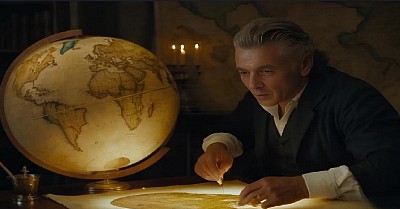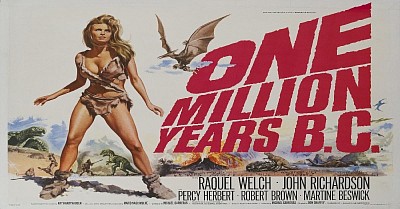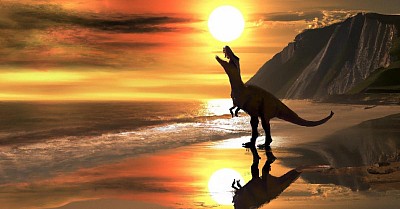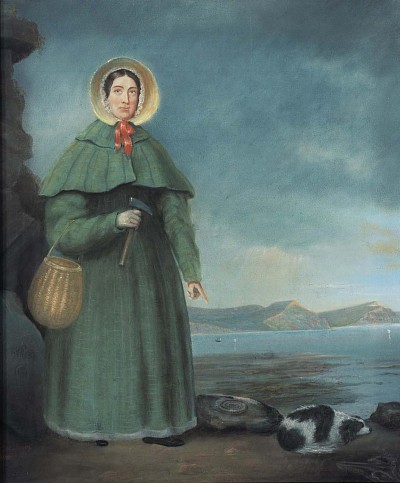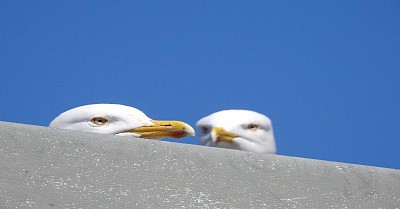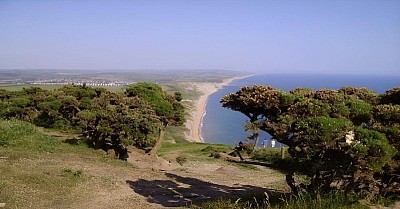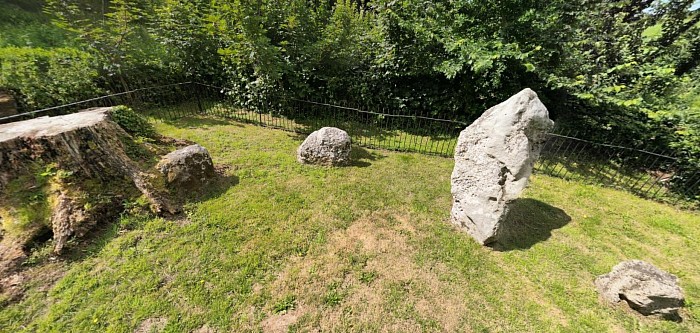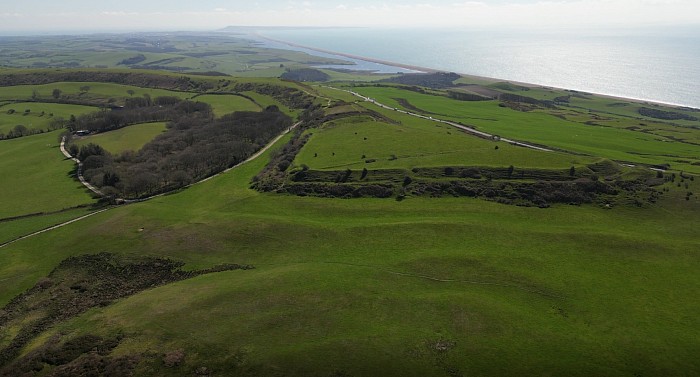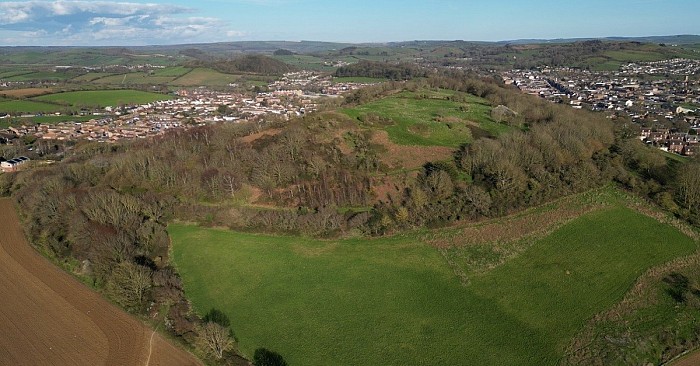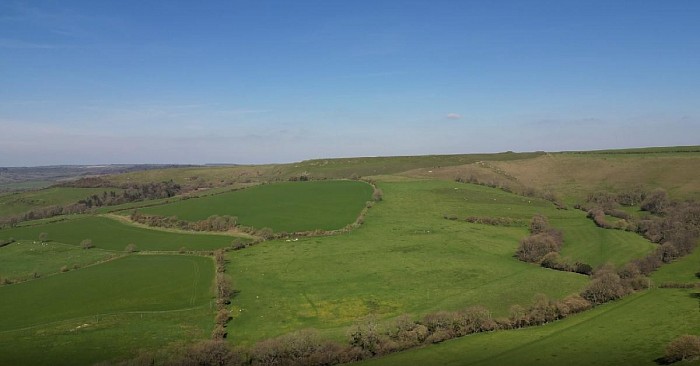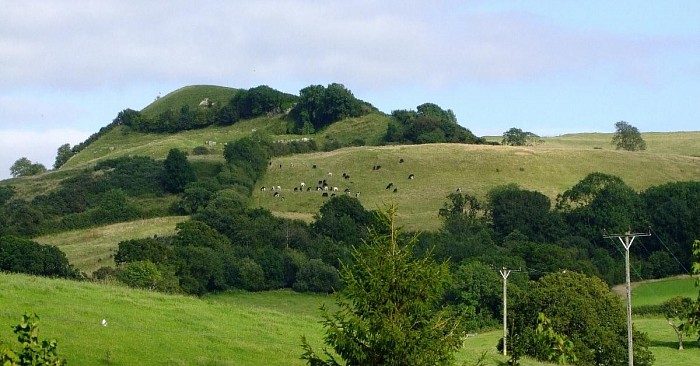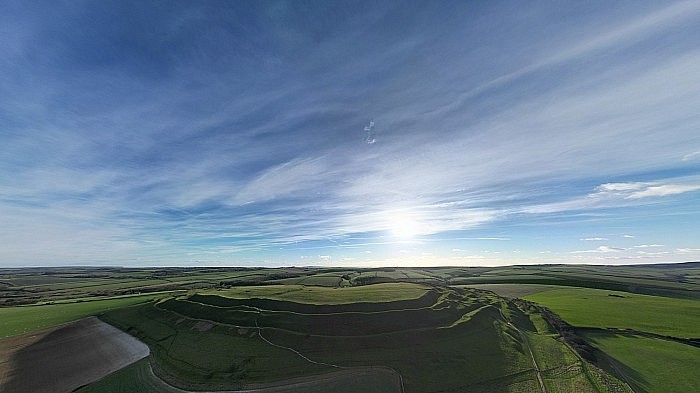Ancient Dorset
I understand that not everyone may appreciate or grasp the profound nature of being able to read an ancient landscape or view a vast geological timeline in the manner and fashion I choose to view our world but large tracts of West Dorset, (almost uniquely, I'd claim), represent a, virtually, untouched natural environment where evidence of earth's early formation, (and records of early man's prehistoric Hunter - Gatherer past), are still written large in the landscape.
And I promise you, once you begin to examine and appreciate Dorset's unique and spectacular landscapes, geology and ancient history, it is as if you have been given a real life time machine!
I mean; just imagine bending down on one knee in the rich black mineralised soil of a deep ploughed furrow somewhere out in the middle of nowhere ... and to then find, retrieve and hold a near 2000 year old Roman bronze coin that has not felt a human gaze placed upon it since the time of Jesus!
Anyway ... with just a little guidance from myself via these pages, I hope to use this section of the website to highlight ancient wonders of West Dorset; wonders that represent treasures that lie hidden in plain sight just beyond or beneath the surface veneer of the spectacular landscapes and visions that Dorset gifts us.
All that said; actually experiencing such a profound phenomenon does involve a certain suspension of belief in as much as we need to detach ourselves from our hectic 21st century view of the world.
Once achieved though, we will enter a mindset where we can begin to connect the corners and edge pieces of an old and ancient puzzle together and begin to see the bigger picture.
So lets start that process now ...
I'm sure, if you're young, you've watched amazing BBC documentaries like Prehistoric Planet featuring narration by David Attenborough and if you're older, you can recall movies like 1 Million Years BC, with an iconic Raquel Welch striding out of a prehistoric ocean in a fur lined bikini.
Such visions do, indeed, belong to a past that is lost in the annuls of time yet if you live near or frequent a West Dorset location like Bridport or Charmouth, such prehistoric geological or ancient historical locations can be explored by simply taking a short walk to the beach or the countryside.
And that's the reason I'm so passionate about Dorset and ancient history in general.
Because, here in West Dorset, unlike 85% of the UK's population, (who live in built up or city environments), we have the whole gamut of geological and human history laid out, almost undisturbed or untarnished right before our eyes.
Although the earth is approx 4.5 billion years old, for expediency and convenience, I'm going to start pondering the history of ancient Dorset at about 290 million years ago at a time when earth was a single continent called Pangea.
Back then, Dorset, or at least the real estate we now label as Dorset, would have been residing on a slab of rock right over the equator. (A teutonic plate we know today as Eurasia)
Dinosaurs were a thing back then and many of the creatures we uncover in fossil form along our own West Dorset coast are lifeforms that thrived in the shallow seas and red deserts that Dorset (and Devon) now represents and reveals in the geological record.
And today, we have developed a global record of fossil artefacts documenting all of the world's fossil finds and discoveries across the planet.
The scientific discipline that explores and examines such artefacts is called Paleontology; a science first pioneered by a West Dorset woman of the 18th century.
Mary Anning
Around 1811, when Mary Anning was 12 years old, she searched for and painstakingly dug out the outline of a 5.2-metre-long ancient fossilised skeleton from the cliffs at Lyme Regis.
Now recognised as the mother of Paleontology, the "monster" she discovered, (being a huge fossilised Ichthyosaur), represents the start of the science of paleontology.
Footnote. This relic of a painting of Mary Anning contains something so very, very close to my heart.
Can you see it? In the far distance?
Its the glorious profile of the iconic promontory that is Thorncombe Beacon, but this time as viewed from the south of Lyme Regis.
And just in front of Thorncombe Beacon?
Golden Cap and what used to be the Golden Cap estate where my own family once owned and ran a dairy farm.
The Golden Cap estate is now owned by the National Trust with Filcombe Farm now designated the National Trust's Southern base and HQ.
My dinosaur friends
Incidently, these are my dinosaurs; a pair of breeding Herring gulls that have been sharing my own personal space for the past 13 years; nesting either between Beach cottage's chimneys or on the flat roof of the shop next door.
And without fail, each year, they produce at least two, and sometimes three, fledgling gulls that I have the pleasure of witnessing growing up each and every season.
In the early years of living at Beach cottage, the arrival of the eggs and then the manifestation of the chicks themselves, turned the protective female dinosaur on my roof into a psychotic raptor and I would find myself being dive bombed by the dachhound sized creature as it dived at me out of the sky, sun behind it, just like a Japanese Kamikazi plane making a deadly and final airborne attack.
Back then, (and in being a protected species), I had to figure out a way to defuse the violent and aggressive situation without either the gull or myself coming to harm so I befriended the gull's male partner and, in reasoning with him and coming to a mutual arrangment of detente, was able to build a rapport by learning the gull's language!
I'd already acknowledged various sounds and phrases the pair had used in talking to each other or warning others of their presence and established that a "Gab,gab, gab" sound was a gull phrase that translated as "I see you ... I'm chilled right now ... but don't dare mess with me."
I had also learned that they would chortle quite happily when content or relaxed ... so, in using the phrase and sound(s) when in the male gull's company, I was able to inform the birds that I was conscious of their presence but content or happy to let them be.
And although we humans (should) generally agree that it is taboo to feed Herring gulls in a public setting, I took the executive decision to sparingly use food as a bargaining chip to build up our relationship in the private communal area of Beach cottage to further break down barriers.
These days, we are best friends and the pair of gulls will even walk across my study roof and tap, tap, tap the bedroom window to deliver me my early morning wake up call or even to present their fledgling chicks to me to further build a mutual bond.
-
OK. Lets get back to some Dorset history.
Visit West Dorset's fossil record yourself
As a boy fishing at Seatown beach, I used to amuse myself uncovering fossils from the soft blue lias rocks dislodged along the beach's littoral zone.
Seatown shares similar rock strata to Charmouth beach. (a mile West along the shore).
For more info on the famous fossil rich Charmouth cliffs and shoreline, visit https://charmouth.org/chcc/
The "Dorset" Ice Age recedes ... allowing humanity to ingress.
Incredibly, directly as a result of the receding ice cliffs of the last melting ice age, the miracle that is our famous and unique Chesil beach only formed a mere 20,000 years ago as a result of that geological upheaval.
And the earliest record of prehistoric Hunter Gatherer's moving into what is now Southern England from the continent of what is now Europe, (and now West Dorset), took place only 10,000 years ago and just a couple of miles west from what is now the market town of Bridport, Dorset (My home town).
Remains and artifacts of early occupation being discovered just south of Doghouse Farm, an idylic and magical location where, as a tourist or hiker, you can order a cream tea in a fabulous 1940's style environment and experience wild birds landing and perching on the back of your chair, (or table), while you sip a cup of Earl Grey in the teahouse gardens.
In fact, that location is situated on what is now a rugged, windswept and spectacular geological promontory, (or cliff edge), know as Thorncombe Beacon; the beacon being a constantly reoccuring theme, landmark and datum point, (and the surname of my own online Beach Thorncombe alter ego), referenced throughout this website.
Aside from the first image, Winterbourne Abbas stone circle, (which you can view in 3D), all subsequent DJI Mini 3 Pro drone images are draft ones yet to have their 3D versions added.
Nevertheless, I have begun the task of documenting ALL ancient Dorset hillforts, Anglo-Romano villas and related sites or arheological or historical interest.
The Jurassic Coast
"Set against the fantastic ocean backdrop of Lyme Bay, my particular cliffs lie like scattered books, their ancient pages either layered or fanned open revealing strata, rocks and huge fossils recording 185 million years of Earth's history, some of the best parts of which lie just a short cycle ride across the fields from Beach cottage." Beach Thorncombe

